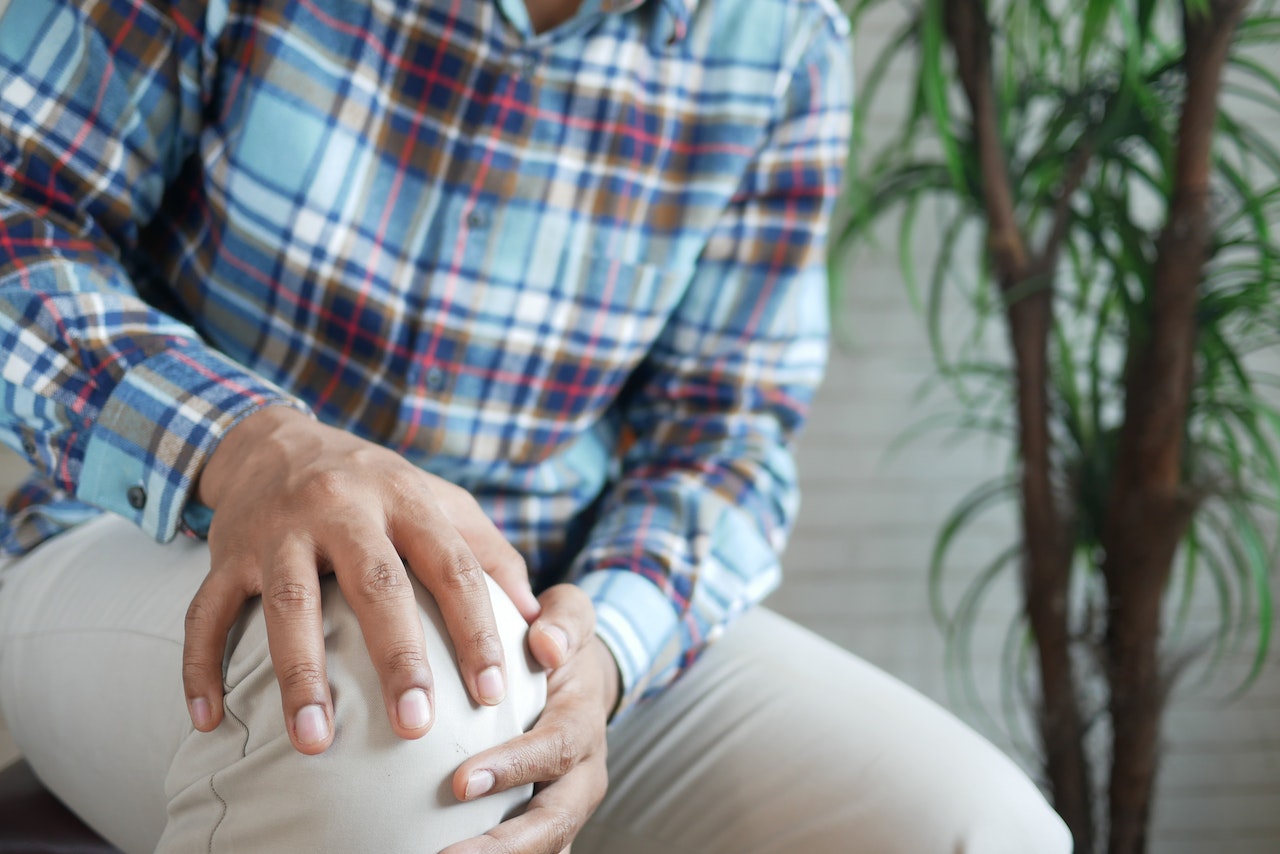
Healthy knees are typically taken for granted until they ache, creak, or fail. Knee pain isn’t exclusive to athletes or senior citizens, anyone can experience it at any stage of life given the right combination of genetics, postural habits, and lifestyle. However, having a strategic plan to strengthen your knees can help you avoid these issues.
Let’s delve deeper into this rewarding journey of enhancing your knee strength and vitality.
1. Understanding Your Knees:
The human knee is a marvel of engineering, a hinge joint that combines strength and flexibility. It is made up of the femur (thighbone), tibia (shinbone), and patella (kneecap) plus two shock-absorbing cartilage discs known as menisci. To keep it in place, we have ligaments and muscles that act as ropes and motors, respectively. Balancing tension and relaxation in these muscles and ligaments is key to releasing strain from your knees.
2. Weight Management:
Overweight and obesity significantly increase the risk for knee osteoarthritis, a common condition that leads to disability. Each pound of excess weight applies nearly four pounds of extra stress on the knees. Thus, a weight loss plan involving sensible eating and physical activity can reduce stress on the knees and improve your overall health.
3. Exercise and Physical Activity:
Exercise is essential for knee health. It helps maintain a healthy weight and strengthens the muscles surrounding the knee, providing more substantial support and absorption of stress.
- Quadriceps-strengthening exercises* target the frontal thigh muscles which are primary protectors of the knee. Isometric quad contractions, straight leg raises, and lunges can all help in keeping your quads strong.
- Hamstring-strengthening exercises* will bolster the backside of your thigh, aiding in knee stability. Good examples include hamstring curls, Swiss ball hamstring curls, and deadlifts.
- Calf and shin-strengthening exercises* will optimize the lower part of your leg, influencing your motion and balance. These include heel raises, toe raises, and walking or hopping on your toes and heels.
4. Stretch Regularly:
Tight muscles often contribute to knee pain by pulling the joint out of alignment. Regular stretching mitigates this, allowing greater freedom of movement and injury prevention. Effective stretches for the quadriceps, hamstrings, and calf muscles could include standing quadriceps stretch, supine hamstring stretch, and gastrocnemius and soleus stretches.
5. Low-Impact Activities:
The key is to work your leg muscles hard without taking a toll on your knee joints. Low-impact activities like biking, rowing or aqua-jogging can significantly improve cardiovascular fitness and muscle endurance while remaining easy on your knees.
6. Wear the Right Footwear:
Your choice of footwear can affect the alignment and stability of your knees. When choosing activity-specific shoes, select ones that provide good arch support, have a firm heel, and good cushioning. A visit to a specialty shoe store can help rule out probable mismatches leading to knee discomfort.
7. Rest and Recovery:
Giving your knees and supporting muscles time to recover after exercise can help prevent injuries. Proper sleep and intermittent rest periods during intense activities are beneficial. Additionally, self-massage or foam rolling can stimulate muscle recovery and prepare your knees for your next workout.
8. Good posture:
Maintaining a good posture reduces undue strain on your knees. This applies while standing, sitting, and even during sleep. For lifting, use your legs and hips, not your back. For sitting, adjust the height of the chair so your feet flatly rest on the floor.
Your path to stronger knees involves understanding, commitment, and a holistic approach. It’s a journey that necessitates patience. Remember, consistency over intensity will lead to noticeable improvements in knee strength and overall well-being. A consultation with a healthcare professional or physiotherapist is essential to customize this information to your unique situation.
Remember, your knees are built to last a lifetime, take care of them, and they will return the favor with years of effortless service.
Garcia Builder



